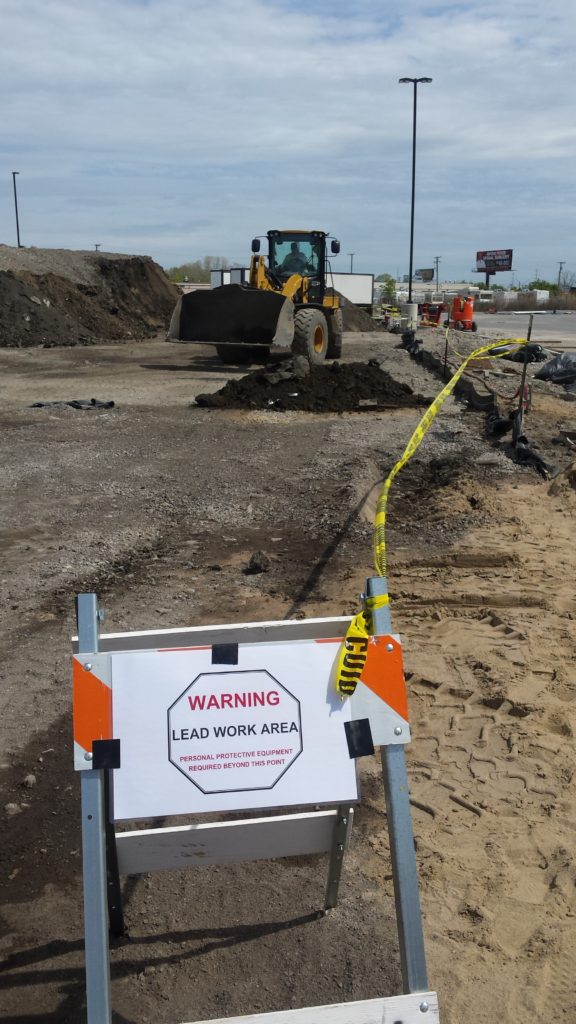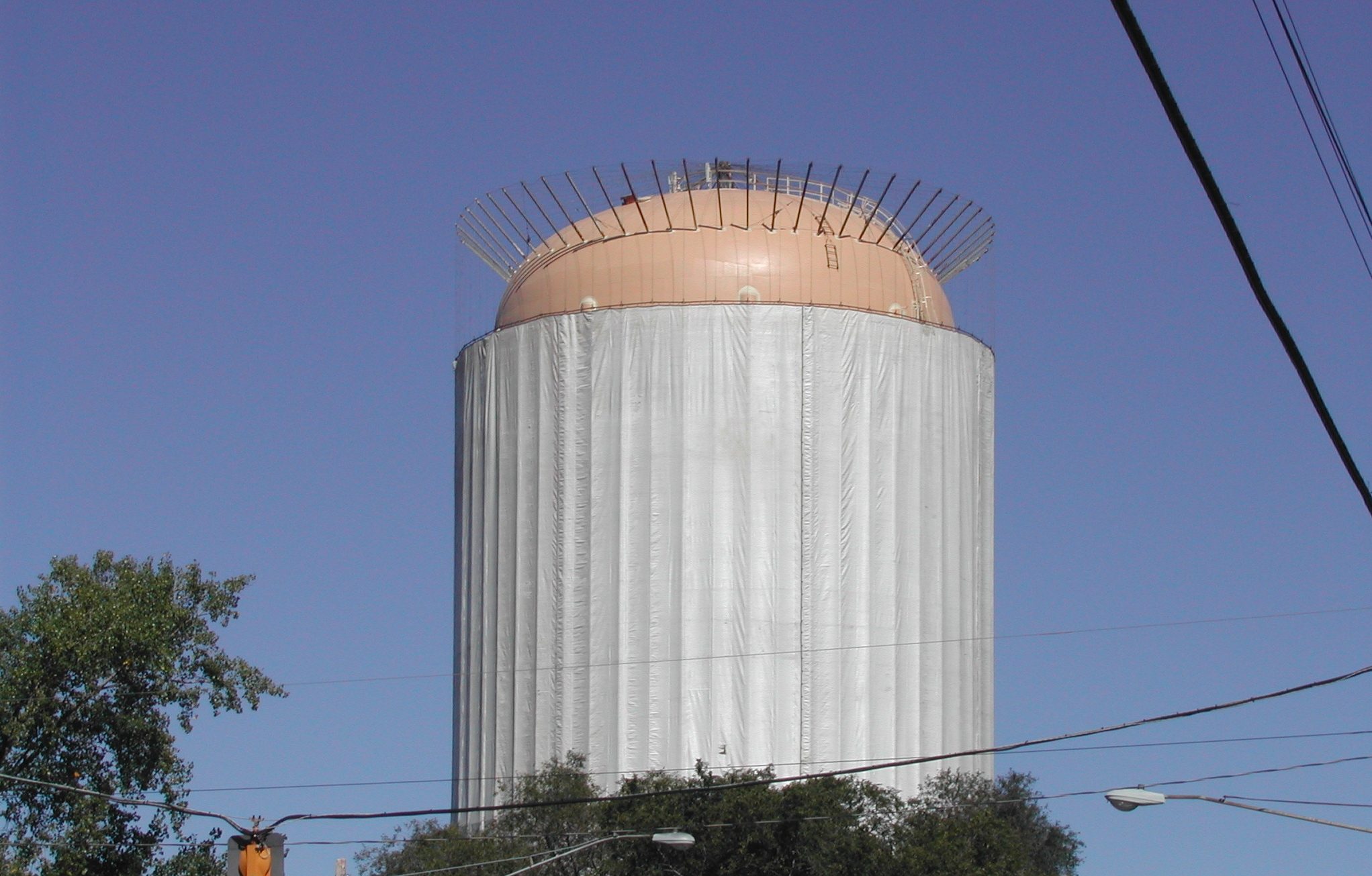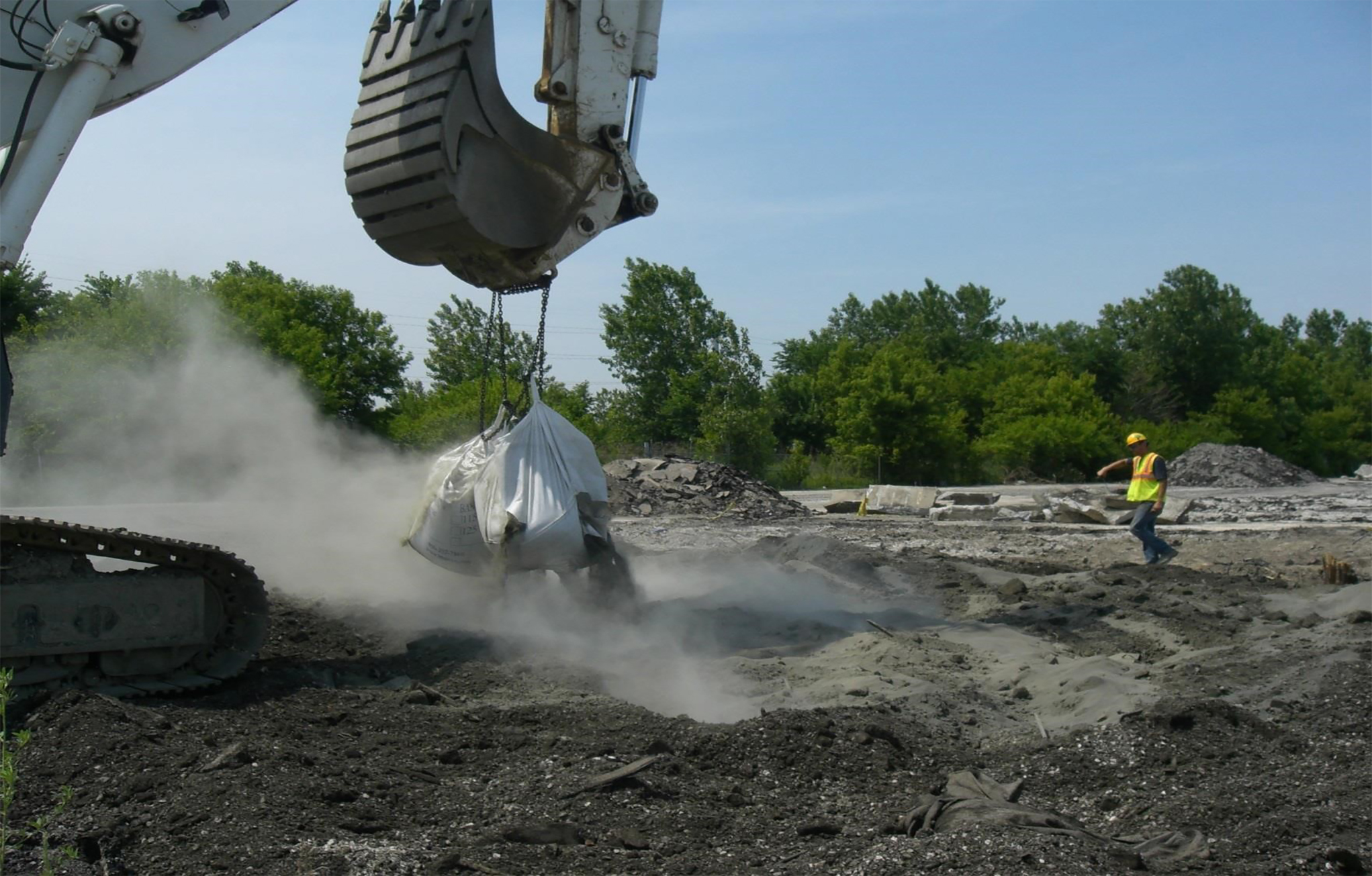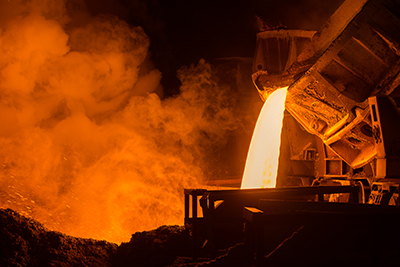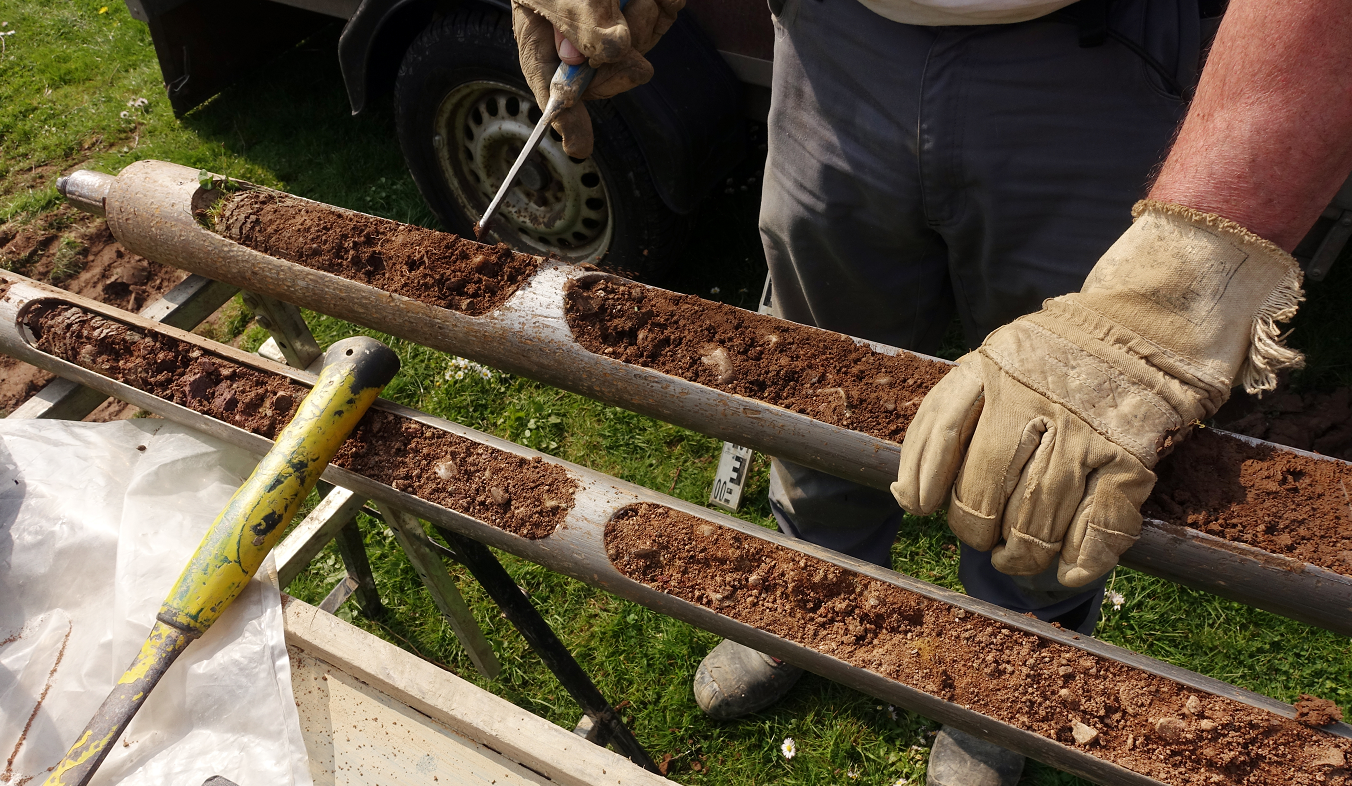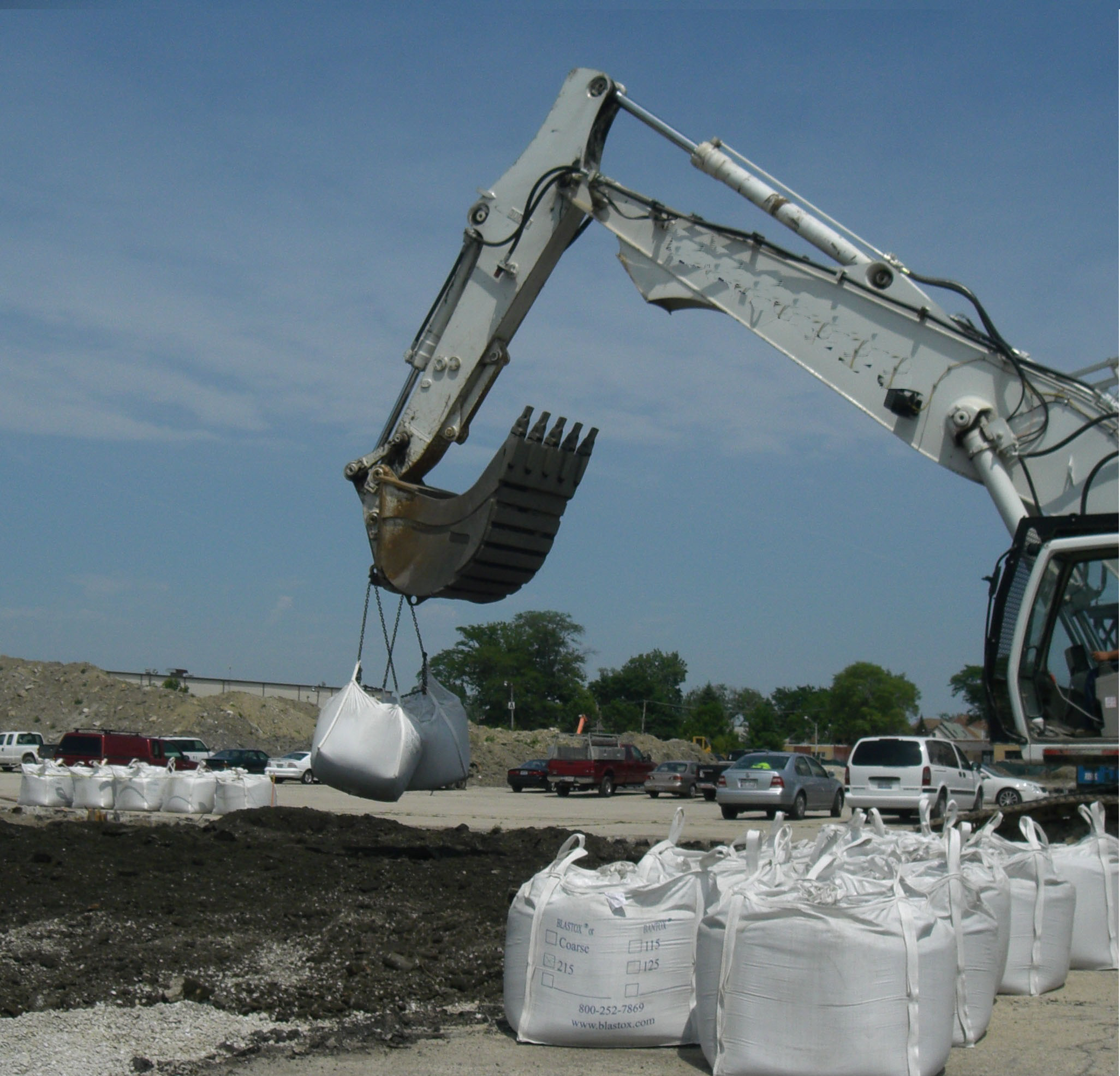
What is Heavy Metal Soil Remediation?
Heavy metal soil remediation is the process of stabilizing or encapsulating hazardous metals in contaminated soil to prevent them from leaching into the environment. Lead and other toxic metals pose significant environmental and health risks if left untreated. Soil remediation methods aim to reduce these risks by immobilizing heavy metals and ensuring compliance with environmental regulations.
One of the key factors in determining whether contaminated soil requires remediation is the Toxicity Characteristic Leaching Procedure (TCLP). This test evaluates the potential for hazardous substances to leach from the soil and contaminate groundwater. If soil contamination levels exceed TCLP limits, stakeholders must implement remediation solutions to mitigate environmental impact.
What is Blastox 215®?
Blastox 215® is a dry, fine grain silicate chemistry listed as US EPA Best Demonstrated Available Technology (BOAT) for stabilizing heavy metal wastes, such as lead (Pb). This product is also extremely effective on cadmium and barium contaminated waste streams.
It is a derivative of the same chemical formulation as that found in our Blastox® product. Its smaller particle size provides more reactive surface which is beneficial when stabilizing heavy metals for contaminated soil remediation projects. Due to the low dose rate and competitive pricing, Blastox 215® is becoming an effective resource for many engineers and also project managers.
215 significantly drives down the cost of soil remediation disposal as hazardous waste transportation and hazardous waste disposal are avoided, allowing for local, non-hazardous waste disposal.
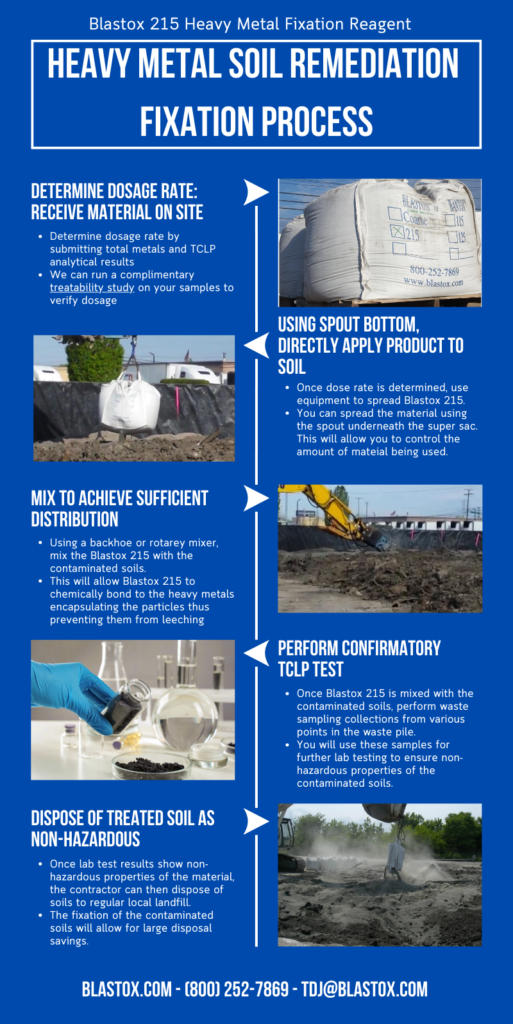
Advantages of Using Blastox® 215 for Heavy Metal Stabilization
Blastox® 215 offers several key advantages for engineers, environmental consultants, and remediation project managers:
Cost Savings
- Eliminates the need for hazardous waste transport and disposal.
- Reduces the expense of landfill fees associated with hazardous materials.
- Requires low-dose application, making it more economical than other treatment methods.
Regulatory Compliance
- Ensures TCLP compliance for heavy metals, preventing environmental violations.
- Supports EPA, RCRA (Resource Conservation and Recovery Act), and state-level hazardous waste regulations.
- Reduces liability risks for companies dealing with contaminated sites.
Easy Application & Versatility
Suitable for multiple industries, including firing ranges, industrial sites, brownfields, and mining operations.
Can be applied on-site with standard mixing equipment.
Works effectively on a wide range of soil types and contamination levels.
